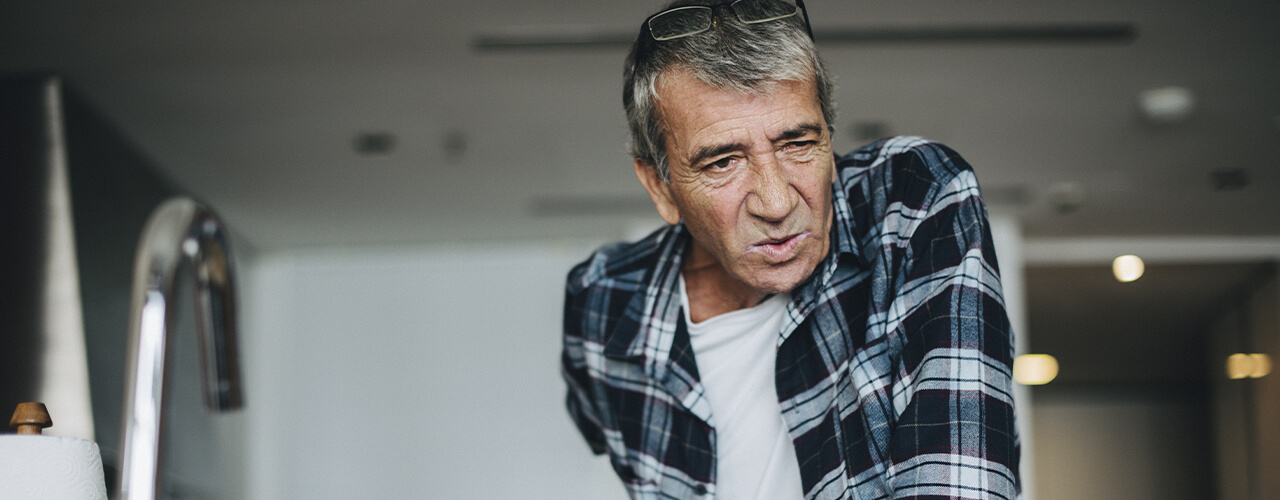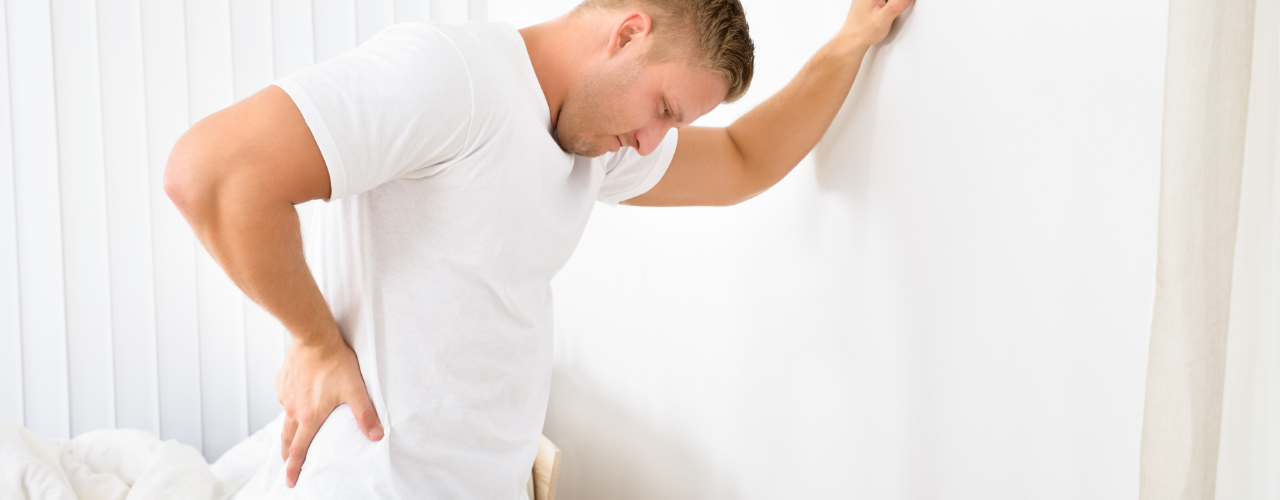
Healing and Chronic Pain
What chronic pain means is pain that is not resolving in the usual course of time and expectation based on the injury, surgery, or areas of involvement. Pain based on an injury will generally go through stages of healing related to three phases – the acute phase which generally lasts for up to two weeks, the tissue repair phase 2 to 4 weeks, and the tissue maturation phase 4-8 weeks. These phases depend on the type of tissue injured since some tissues have different healing times, as well, post-surgical healing times can have longer phases. The point is much depends on a healing cycle of variable length and as this cycle progresses, pain fades and function improves on a fairly predictable basis.
With a chronic pain condition, the healing cycle occurs but there continues to be ongoing pain, or the surgery occurred and healing followed and perhaps even rehabilitation but ongoing pain remained. It can be a very frustrating experience since one cannot find the answers to their problem and their body is stuck in a chronic pain pattern. At times, one is left all to themselves to deal with the consequences of the results of treatment not being as successful as desired. One can find themselves using more pain medication or needing injections and pain management just to get through the day with no end in sight. Opioid use has been a big part of helping people with chronic pain cope but now has created another layer to a problem not need any more complexity.
Diagnosis v. The Person
Chronic pain can have its roots in a car accident where the body experiences severe forces and leaves one with ongoing pain even though the healing cycle has concluded. Accidents of various types whether they were a fall, car or bike accident, or at times no huge event at all, their body just got into pain and it never left.
It would be presumptuous to imply PT can handle all ongoing chronic pain problems, but it can be said with certainty that treating the person and not the diagnosis is the starting point for an improved opportunity to get a positive outcome. All major joint areas can develop chronic or ongoing pain which affects a person’s ability to function and live comfortably. Probably the most common areas for chronic pain are related to the spine, especially the lower back and neck, although shoulder and knee pain are prone to this problem too and no joint area is immune. Trauma to an extremity joint is a good reason, like with a severe wrist fracture one can be left with residual pain and limited motion after healing.
Types of Chronic Pain
There are two basic types of orthopedic (muscle, joint, ligament, nerve) chronic pain. One type is where there has been a severe breakdown of an area or severe trauma to an area and despite the best of efforts nerve agitation and pain continue as one tries to move and be more active. Here, someone may end up with a spinal fusion, or some type of surgery to provide stability, space, tissue repair, or joint replacement which are the more common reasons for orthopedic surgery besides fractures.
The other type is where the pain occurs due to ongoing compensation. As an example, the lower back can be compensated and so working harder to deliver the needed motion and power to overcome a deficit in another area. This is very common and often can be an overlooked reason for ongoing pain.
What is unloading?
Both situations are asking to be unloaded. Unloading means improving conditions in surrounding but related areas which would either help an area not have to compensate as much or in the case of a severe breakdown, spread the stress to related areas to help reduce the pressure on an area that cannot do its share of the work like it did before. Each case is individual but these are general principles that have been effective in helping someone become more competent and comfortable in managing their unique situation.
Full Potential Physical Therapy enjoys helping people who are experiencing chronic pain especially when they are ready to invest themselves in the process of getting better by participating in their program and changing unconstructive habits that are pain perpetrators. There is a basic rule in how the body responds to stress, it is called FORM FOLLOWS FUNCTION. Movements and positions that protect the injured tissues and exercises that unload and protect the injured area can over time alter the form by improving the function. This is the basic body rule that can allow so much positive change to occur as one tries to recover from an injury or chronic pain. Also, when using poor postures and movement habits, incorrect exercises or no exercise, the form (the injured area) will continue to deteriorate. The rule works both ways. Step one is getting an understanding of the problem.
We do free consultations which can provide an opportunity to understand the basis of your pain and its potential perpetrators. We can get an idea of how your form along with your pain is being affected by your function. Life is too short to live it in pain, call and schedule a consult today at Holland, MI for a better tomorrow.
A Better Life is Only Four Steps Away
Physical therapy can be an unfamiliar experience for many. To orient new patients to the process, we have divided their rehab journey into four segments called “The Four Phases of Getting Better.” It is important to note that while there are four phases utilized over the course of your care, they are not totally separate. They move gradually toward greater strengthening and function, which is the end goal to return confidently to the life you desire to live.1
Pain Relief
The first focus in getting better is pain relief. After your evaluation, your physical therapist will use hands-on techniques or manual therapy, light therapeutic exercise, and education on how to modify your activity and posture in order to give you more control over your pain. In this stage, modalities like ice, heat, myofascial release, electric stimulation and kinesiotape may be used.
2
Improve Mobility/Flexibility
The second step in this method is to improve mobility and flexibility. Your therapist will design a progressive program of range of motion and light stretching to restore mobility and reduce pain.
3
Improve Strength/Control
In the third step of this method, muscle weakness will be addressed to help you maintain the gains and momentum you achieve through phases one and two. A thorough strengthening process is the step that gives results that last, and this will prepare you for more functional training – the final step.
4
Functional Training
Now that your pain is resolved and you have the necessary mobility and strength, your program can be advanced into functional training. Whether you are returning to work, returning to life after post-op rehabilitation, getting back into recreation or sports, or simply returning to the activities of daily life, this step helps ensure your success after graduation and empowers you to be confident in your abilities again.

Reach Your Full Potential & Live Pain-Free!
Book A Free Consultation
Book a Free Consultation Today to Find Out How Physical Therapy Can Help You Find Relief!
request an appointment
Reach Your Full Potential and Live Life Pain-Free! Request an Appointment to Get Started Today!





